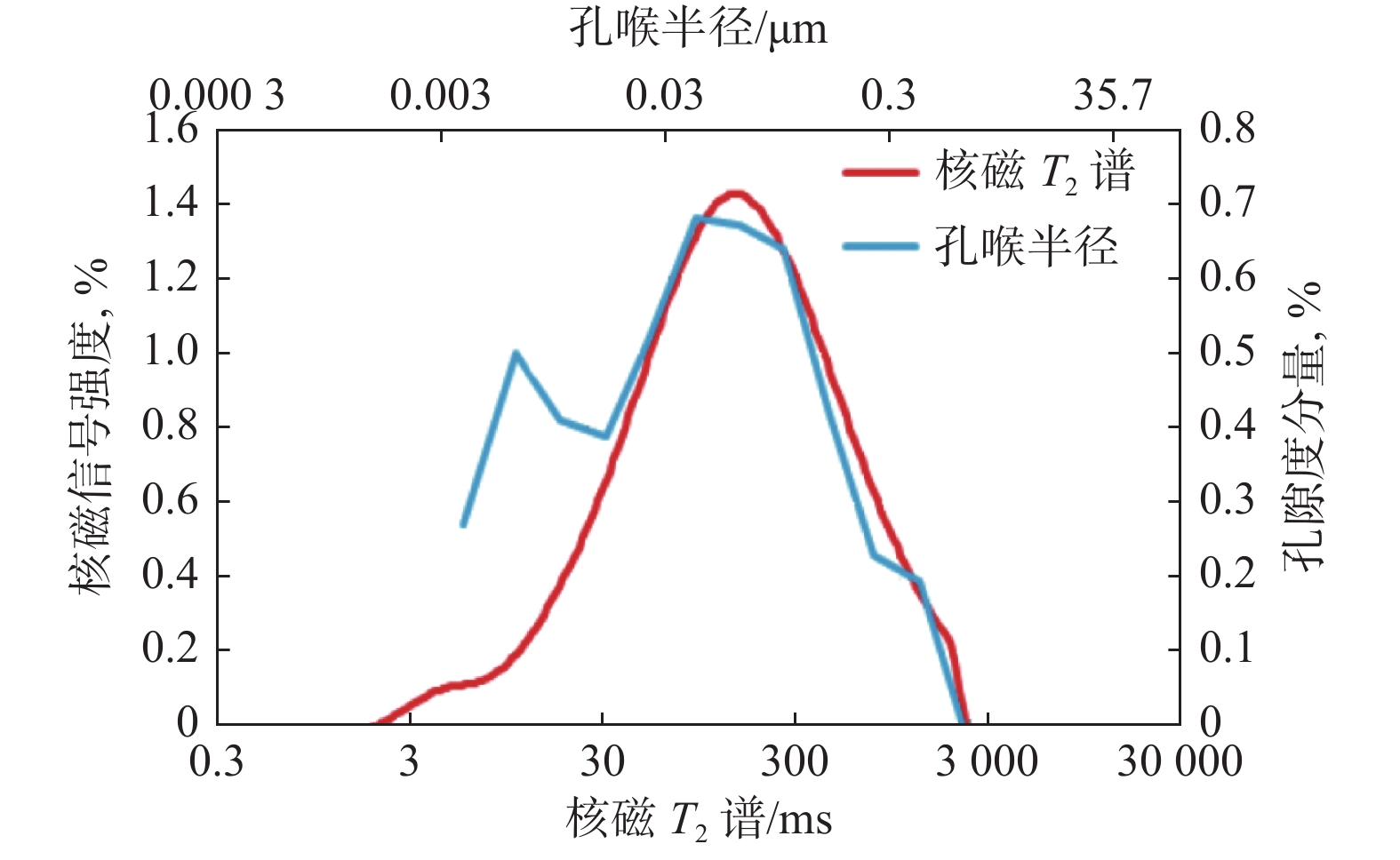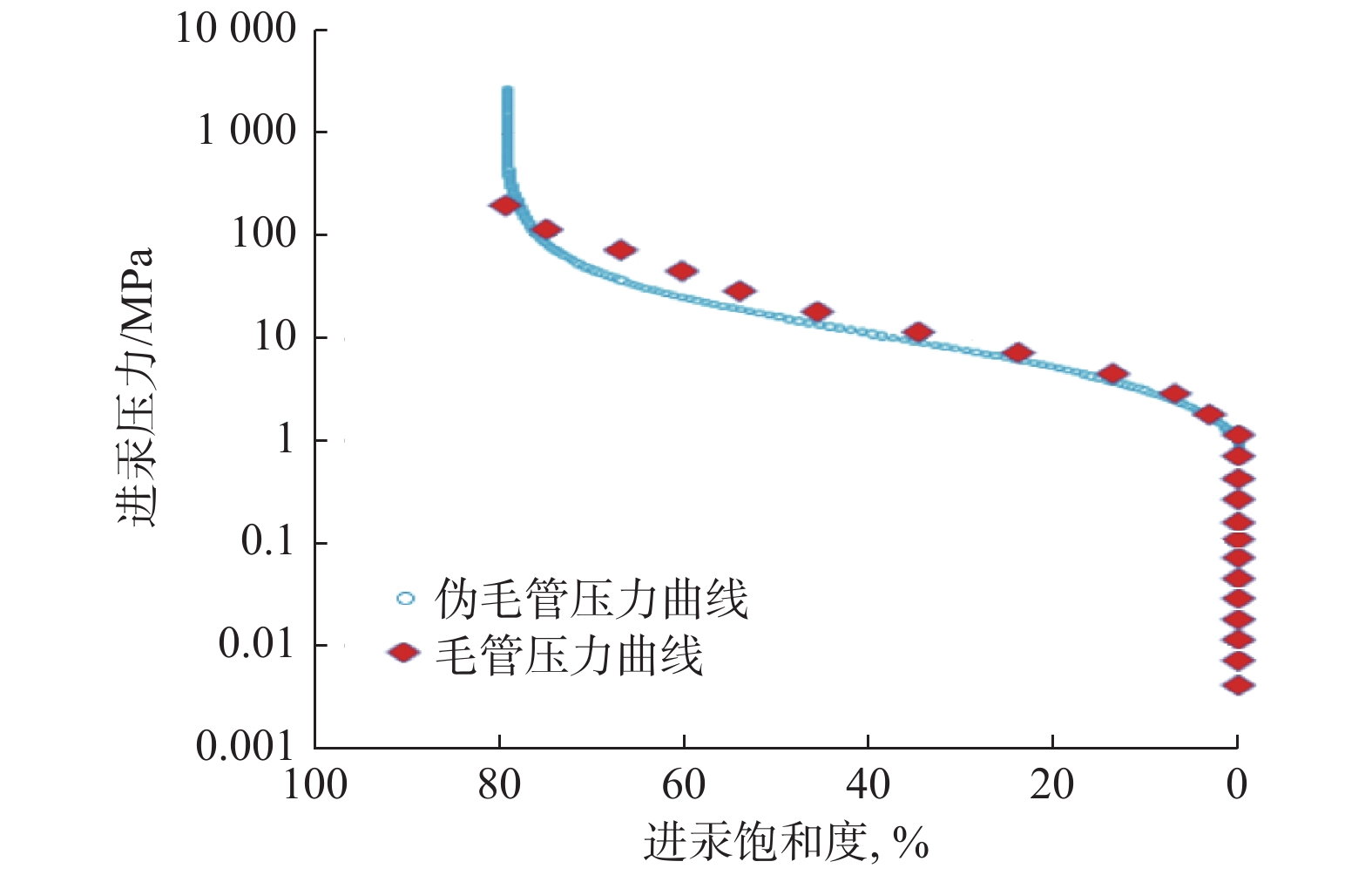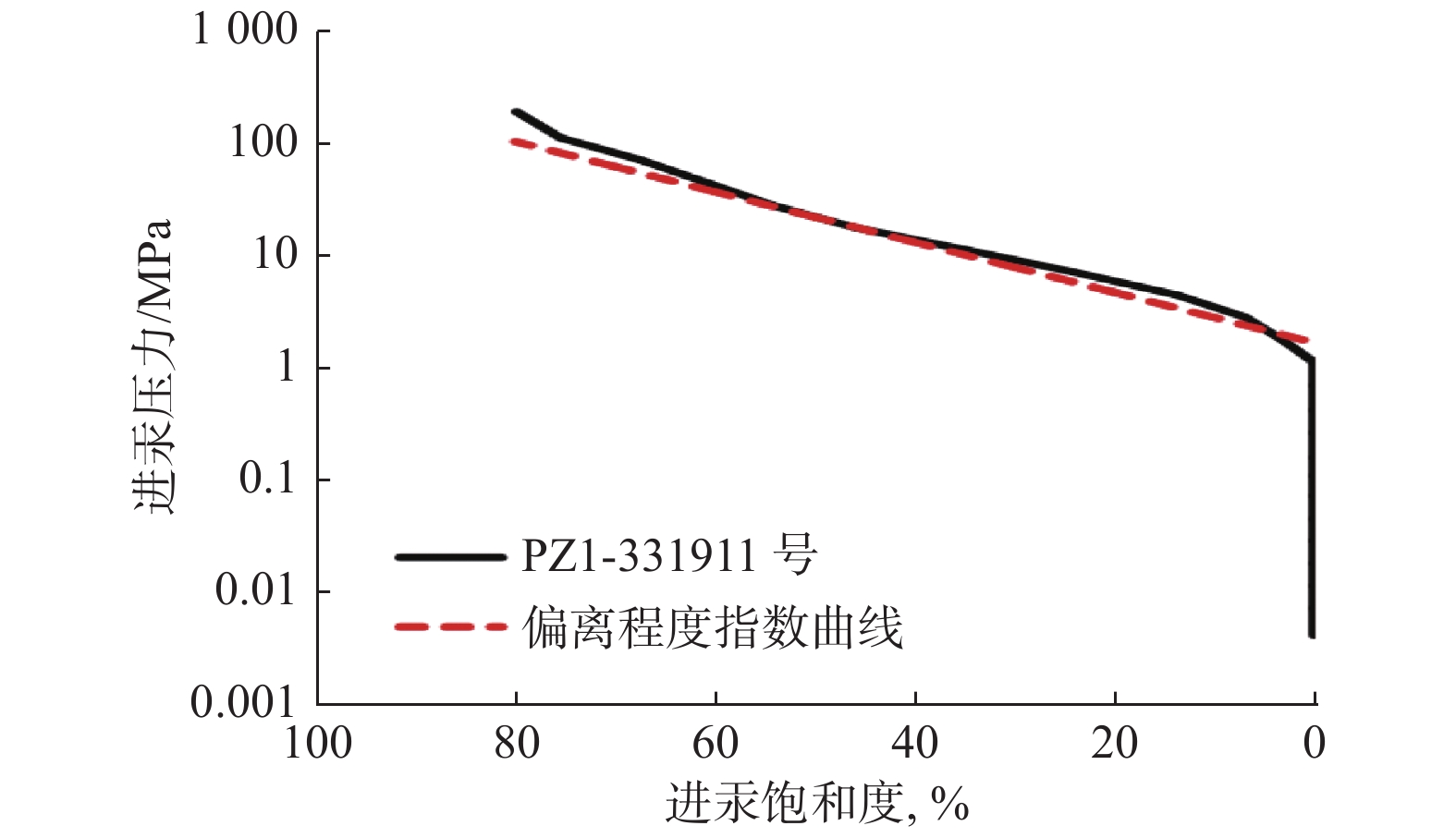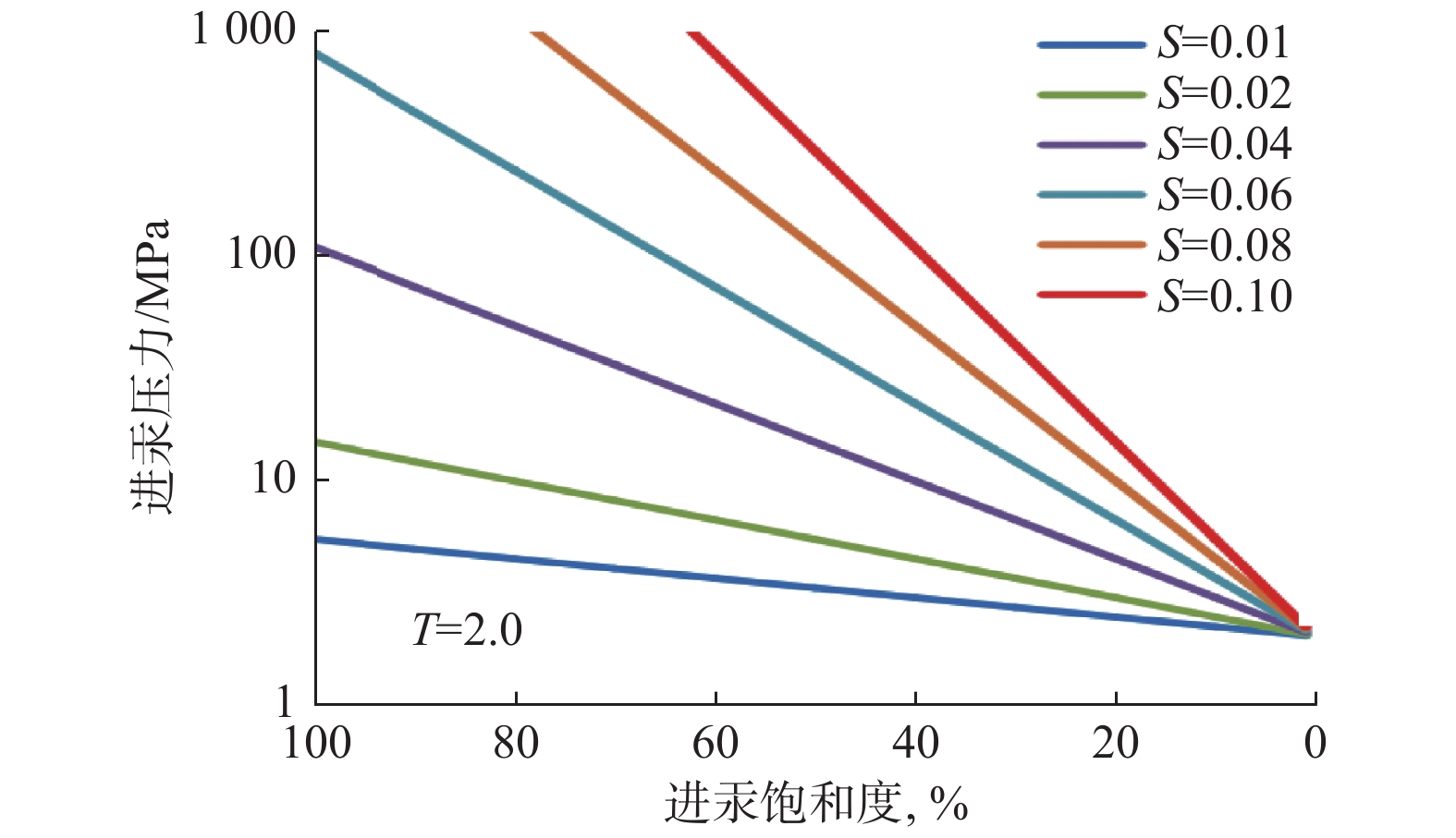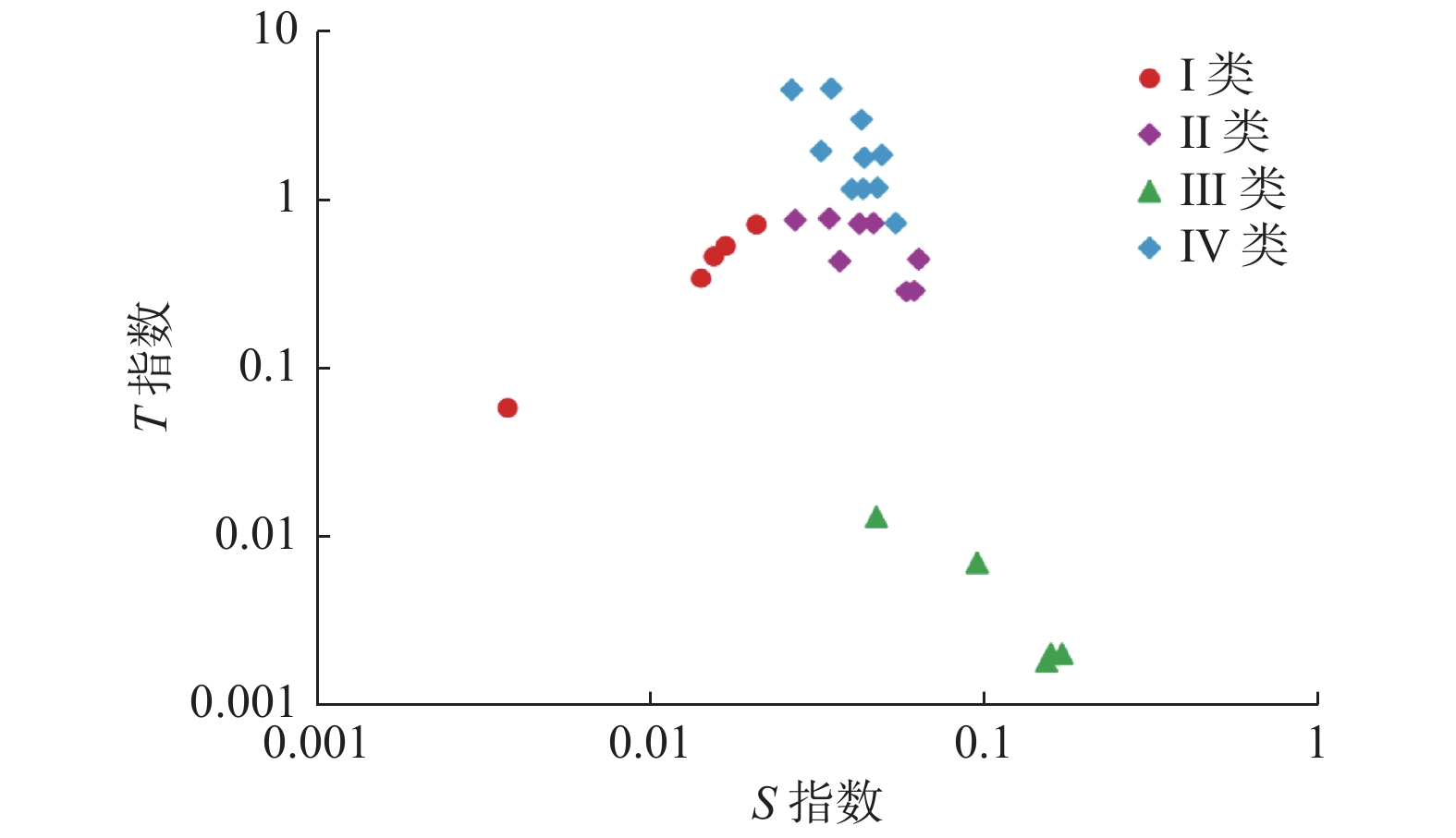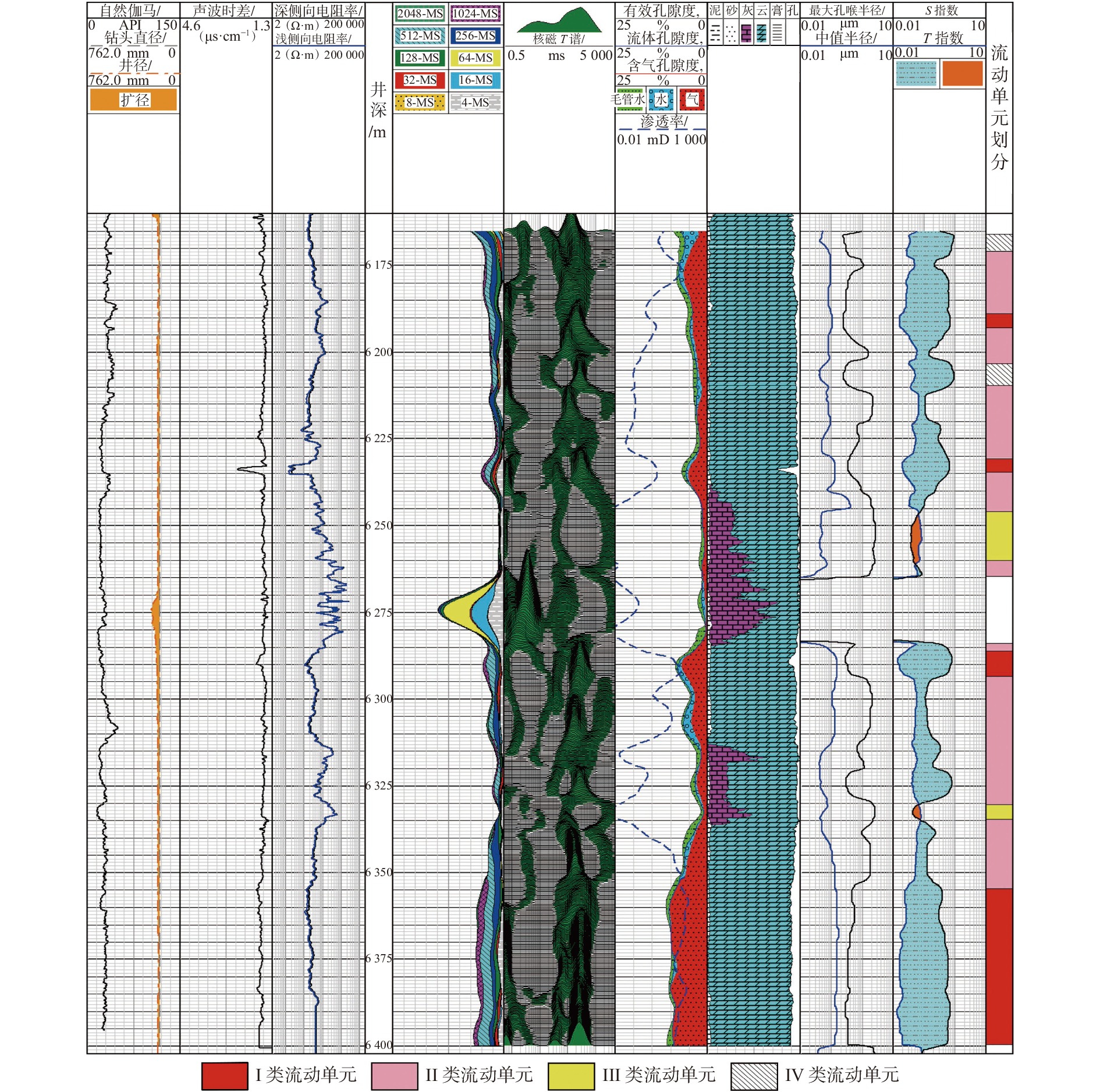Logging Evaluation Method of Flow Units in a Dolomite Reservoir in the 4th Member of the Leikoupo Formation in Western Sichuan Gas Field
-
摘要:
川西气田雷口坡组四段白云岩储层开发井型以大斜度井、水平井为主,主要依靠声波时差和二维核磁共振测井资料获得储层信息,储层评价和流动单元评价难度较大。基于关键直井的沉积相、岩心试验数据和储层对比方法,利用测井资料将雷四段储层划分为4类流动单元,利用核磁共振测井资料构建伪毛细管压力曲线,以拟合度较高的中值压力、排驱压力作为中间参数,计算出偏离程度系数(S指数和T指数),作为定量评价储层孔隙结构的参数,并建立了雷四段储层4类流动单元划分标准。S指数、T指数结合孔隙度、渗透率等参数,实现了沿水平井筒连续、准确评价白云岩储层孔隙结构和定量区分流动单元的目的。白云岩储层流动单元测井评价方法为同类储层水平井评价和开发方案编制提供了技术参考。
Abstract:The dolomite reservoir of the 4th member of the Leikoupo Formation in Western Sichuan gas field primarily has highly-deviated wells and horizontal wells, and reservoir information is obtained principally by means of interval transit time and two-dimensional magnetic resonance imaging (NMR) logging data. Therefore, it is difficult to evaluate the reservoir and flow units. Based on the sedimentary facies, core experimental data, and reservoir comparison methods of key vertical wells, the reservoir of the 4th member of the Leikoupo Formation was divided into four types of flow units as determined by logging data. The pseudo-capillary pressure curve was constructed by NMR logging data. The high-fitness median pressure and displacement pressure were taken as intermediate parameters, and the coefficients of deviation degree (S index and T index) based on the median pressure and displacement pressure were established as parameters for quantitatively evaluating the reservoir’s pore structure. In addition, the classification criteria of the four types of flow units in the reservoir were established. The S index and T index were combined with porosity, permeability, and other parameters for continuously and accurately evaluating the pore structure of the dolomite reservoir along the horizontal wellbore and quantitatively distinguishing flow units. The logging evaluation method of flow units in the dolomite reservoir provides a technical reference for evaluation and development planning for horizontal wells in similar reservoirs.
-
-
表 1 雷四上亚段储层流动单元地质特征
Table 1 Geological characteristics of reservoir flow units in the upper part of the 4th member of Leikoupo Formation
流动
单元岩性 孔隙度,% 渗透率/mD 排驱压力/MPa 中值压力/MPa 最大进汞
饱和度,%孔渗特征 储集空间类型 Ⅰ类 藻白云岩、白云岩 2.3~9.4 0.59~80.20 0.07~0.70 0.08~2.20 ≥75 中—低孔高渗 裂缝、溶蚀孔洞 Ⅱ类 藻粘结白云岩、含
灰白云岩2.2~19.8 0.01~13.82 0.20~1.00 2.00~7.00 ≥80 中—高孔中渗 粒间溶孔、晶间溶孔 Ⅲ类 灰质白云岩、白云
质灰岩0.3~3.4 0.02~65.40 <0.02 0.10~10.00 ≥75 低孔中—高渗 构造缝、溶蚀缝 Ⅳ类 残余藻粘结白云
岩、藻纹层白云岩、
微—细晶白云岩2.0~9.2 0~0.20 0.70~2.00 7.00~30.00 50~90 中—低孔低渗 不规则溶孔、孤立溶孔 基岩 灰岩、白云质灰岩 0.5~2.0 0~0.09 ≥2.00 ≤50 极低孔极低渗 表 2 研究区储层流动单元划分标准
Table 2 Classification criteria of reservoir flow units in the study area
流动单元 岩性 S指数 T指数 Ⅰ类 藻白云岩、白云岩 <0.025 0.05~0.73 Ⅱ类 藻粘结白云岩、含灰白云岩 0.025~0.100 0.05~0.80 Ⅲ类 灰质白云岩、白云质灰岩 >0.040 <0.05 Ⅳ类 残余藻粘结白云岩、藻纹层
白云岩、微—细晶白云岩0.025~0.100 >0.73 -
[1] 李书兵,许国明,宋晓波. 川西龙门山前构造带彭州雷口坡组大型气田的形成条件[J]. 中国石油勘探,2016,21(3):74–82. doi: 10.3969/j.issn.1672-7703.2016.03.007 LI Shubing, XU Guoming, SONG Xiaobo. Forming conditions of Pengzhou large gas field of Leikoupo Formation in Longmenshan piedmont tectonic belt, western Sichuan Basin[J]. China Petroleum Exploration, 2016, 21(3): 74–82. doi: 10.3969/j.issn.1672-7703.2016.03.007
[2] 许国明,宋晓波,冯霞,等. 川西地区中三叠统雷口坡组天然气勘探潜力[J]. 天然气工业,2013,33(8):8–14. doi: 10.3787/j.issn.1000-0976.2013.08.002 XU Guoming, SONG Xiaobo, FENG Xia, et al. Gas potential of the Middle Triassic Leikoupo Fm in the western Sichuan Basin[J]. Natural Gas Industry, 2013, 33(8): 8–14. doi: 10.3787/j.issn.1000-0976.2013.08.002
[3] 李宏涛,胡向阳,史云清,等. 四川盆地川西坳陷龙门山前雷口坡组四段气藏层序划分及储层发育控制因素[J]. 石油与天然气地质,2017,38(4):753–763. doi: 10.11743/ogg20170412 LI Hongtao, HU Xiangyang, SHI Yunqing, et al. Sequence division and controlling factors of reservoir development of the 4th Member of Leikoupo Formation in foreland of Longmen mountains in the western Sichuan Depression, Sichuan Basin[J]. Oil & Gas Geology, 2017, 38(4): 753–763. doi: 10.11743/ogg20170412
[4] 四川油气区石油地质志编写组. 中国石油地质志: 卷十: 四川油气区[M]. 北京: 石油工业出版社, 1989. Compilation Group of Petroleum Geological Records of Sichuan Oil and Gas Region. Geological records of china petroleum: volume 10: Sichuan oil and gas region[M]. Beijing: Petroleum Industry Press, 1989.
[5] 田瀚,唐松,张建勇,等. 川西地区中三叠统雷口坡组储层特征及其形成条件[J]. 天然气地球科学,2018,29(11):1585–1594. doi: 10.11764/j.issn.1672-1926.2018.08.010 TIAN Han, TANG Song, ZHANG Jianyong, et al. Characteristics and formation conditions of carbonate reservoir in Leikoupo Formation of western Sichuan Basin[J]. Natural Gas Geoscience, 2018, 29(11): 1585–1594. doi: 10.11764/j.issn.1672-1926.2018.08.010
[6] 李蓉,许国明,宋晓波,等. 川西坳陷雷四3亚段储层控制因素及孔隙演化特征[J]. 东北石油大学学报,2016,40(5):63–74. doi: 10.3969/j.issn.2095-4107.2016.05.008 LI Rong, XU Guoming, SONG Xiaobo, et al. Reservoir characteristics and control factors of the third period of the forth Leikoupo Formation in western Sichuan Depression[J]. Journal of Northeast Petroleum University, 2016, 40(5): 63–74. doi: 10.3969/j.issn.2095-4107.2016.05.008
[7] AMAEFULE J O, ALTUNBAY M, TIAB D, et al. Enhanced reservoir description: Using core and log data to identify hydraulic (flow) units and predict permeability in uncored intervals/wells[R]. SPE 26436, 1993.
[8] 王猛,董宇,张志强,等. 高精度流动单元分类方法及应用[J]. 断块油气田,2022,29(1):89–94. WANG Meng, DONG Yu, ZHANG Zhiqiang, et al. High-precision classification method and application of flow unit[J]. Fault-Block Oil & Gas Field, 2022, 29(1): 89–94.
[9] 周游,李治平,景成,等. 基于 “岩石物理相-流动单元” 测井响应定量评价特低渗透油藏优质储层:以延长油田东部油区长6油层组为例[J]. 岩性油气藏,2017,29(1):116–123. ZHOU You, LI Zhiping, JING Cheng, et al. Quantitative evaluation of favorable reservoir in ultra-low permeable reservoir based on “petrophysical facies-flow unit” log response: a case study of Chang 6 oil reservoir set in Yanchang Oilfield[J]. Lithologic Reser- voirs, 2017, 29(1): 116–123.
[10] 郭子南. 兴隆台潜山基岩油藏储层分类评价[J]. 特种油气藏,2022,29(2):64–71. doi: 10.3969/j.issn.1006-6535.2022.02.009 GUO Zinan. Classification and evaluation of bedrock reservoirs in Xinglongtai buried hill[J]. Special Oil & Gas Reservoirs, 2022, 29(2): 64–71. doi: 10.3969/j.issn.1006-6535.2022.02.009
[11] 曾少军,何胜林,王利娟,等. 基于流动单元的测井储层参数精细建模技术:以崖城13-1气田陵三段为例[J]. 天然气工业,2011,31(8):12–15. doi: 10.3787/j.issn.1000-0976.2011.08.003 ZENG Shaojun, HE Shenglin, WANG Lijuan, et al. Refined modeling of logging reservoir parameters based on flow units: a ease study of the 3rd member of the Lingshui Formation in the Yacheng 13-1 Gas Field[J]. Natural Gas Industry, 2011, 31(8): 12–15. doi: 10.3787/j.issn.1000-0976.2011.08.003
[12] 何雨丹,毛志强,肖立志,等. 利用核磁共振T2分布构造毛管压力曲线的新方法[J]. 吉林大学学报(地球科学版),2005,35(2):177–181. HE Yudan, MAO Zhiqiang, XIAO Lizhi, et al. A new method to obtain capillary pressure curve using NMR T2 distribution[J]. Journal of Jilin University(Earth Science Edition), 2005, 35(2): 177–181.
[13] 王迪,程洪亮,丁蔚楠,等. 潮坪相白云岩储层核磁共振扩散耦合效应:以四川盆地龙门山山前带中三叠统雷四上亚段为例[J]. 天然气工业,2022,42(12):44–55. WANG Di, CHENG Hongliang, DING Weinan, et al. NMR diffusion coupling effect in tidal-flat dolomite reservoirs: a case study of upper Lei-4 Member of Middle Triassic in the Longmenshan Piedmont Zone, Sichuan Basin[J]. Natural Gas Industry, 2022, 42(12): 44–55.
[14] GAO Hui, LI Huazhou. Determination of movable fluid percentage and movable fluid porosity in ultra-low permeability sandstone using nuclear magnetic resonance (NMR) technique[J]. Journal of Petroleum Science and Engineering, 2015, 133: 258–267. doi: 10.1016/j.petrol.2015.06.017
[15] 刘佳玮. 鄂尔多斯盆地志丹南部奥陶系岩溶储层物性及孔隙结构特征[J]. 地下水,2017,39(2):217–219. doi: 10.3969/j.issn.1004-1184.2017.02.086 LIU Jiawei. Physical properties and pore structure of Ordovician karst reservoir in southern Zhidan, Ordos Basin[J]. Ground Water, 2017, 39(2): 217–219. doi: 10.3969/j.issn.1004-1184.2017.02.086
[16] 何传亮,康建云,王辛,等. 基于沉积微相-储集空间类型的储集层流动单元划分:以彭州气田雷口坡组碳酸盐岩储集层为例[J]. 新疆石油地质,2020,41(4):435–443. HE Chuanliang, KANG Jianyun, WANG Xin, et al. Reservoir flow unit division based on sedimentary microfacies-reservoir space type: a case of carbonate reservoir of Leikoupo Formation in Pengzhou Gas Field[J]. Xinjiang Petroleum Geology, 2020, 41(4): 435–443.
[17] 肖立志. 核磁共振成像测井与岩石核磁共振及其应用[M]. 北京: 科学出版社, 1998. XIAO Lizhi. Nuclear magnetic resonance imaging logging and rock nuclear magnetic resonance and their applications[M]. Beijing: Science Press, 1998.
[18] 运华云,赵文杰,刘兵开,等. 利用T2分布进行岩石孔隙结构研究[J]. 测井技术,2002,26(1):18–21. doi: 10.3969/j.issn.1004-1338.2002.01.005 YUN Huayun, ZHAO Wenjie, LIU Bingkai, et al. Researching rock pore structure with T2 distribution[J]. Well Logging Technology, 2002, 26(1): 18–21. doi: 10.3969/j.issn.1004-1338.2002.01.005
[19] 刘堂宴,马在田,傅容珊. 核磁共振谱的岩石孔喉结构分析[J]. 地球物理学进展,2003,18(4):737–742. doi: 10.3969/j.issn.1004-2903.2003.04.026 LIU Tangyan, MA Zaitian, FU Rongshan. Analysis of rock pore structure with NMR spectra[J]. Progress in Geophysics, 2003, 18(4): 737–742. doi: 10.3969/j.issn.1004-2903.2003.04.026
-
期刊类型引用(3)
1. 杨焘, 柯坷, 王剑, 秦丙林. 琼东南深水探井井身结构设计探讨. 海洋石油. 2016(03): 98-102 .  百度学术
百度学术
2. 周波, 杨进, 周建良, 刘正礼, 杨建刚. 深水钻井喷射下导管排量设计方法. 石油钻探技术. 2016(03): 21-26 .  本站查看
本站查看
3. 李家仪, 许亮斌, 周建良, 畅元江. 基于非概率可靠性的喷射导管下入深度设计方法. 石油钻探技术. 2015(04): 8-12 .  本站查看
本站查看
其他类型引用(1)



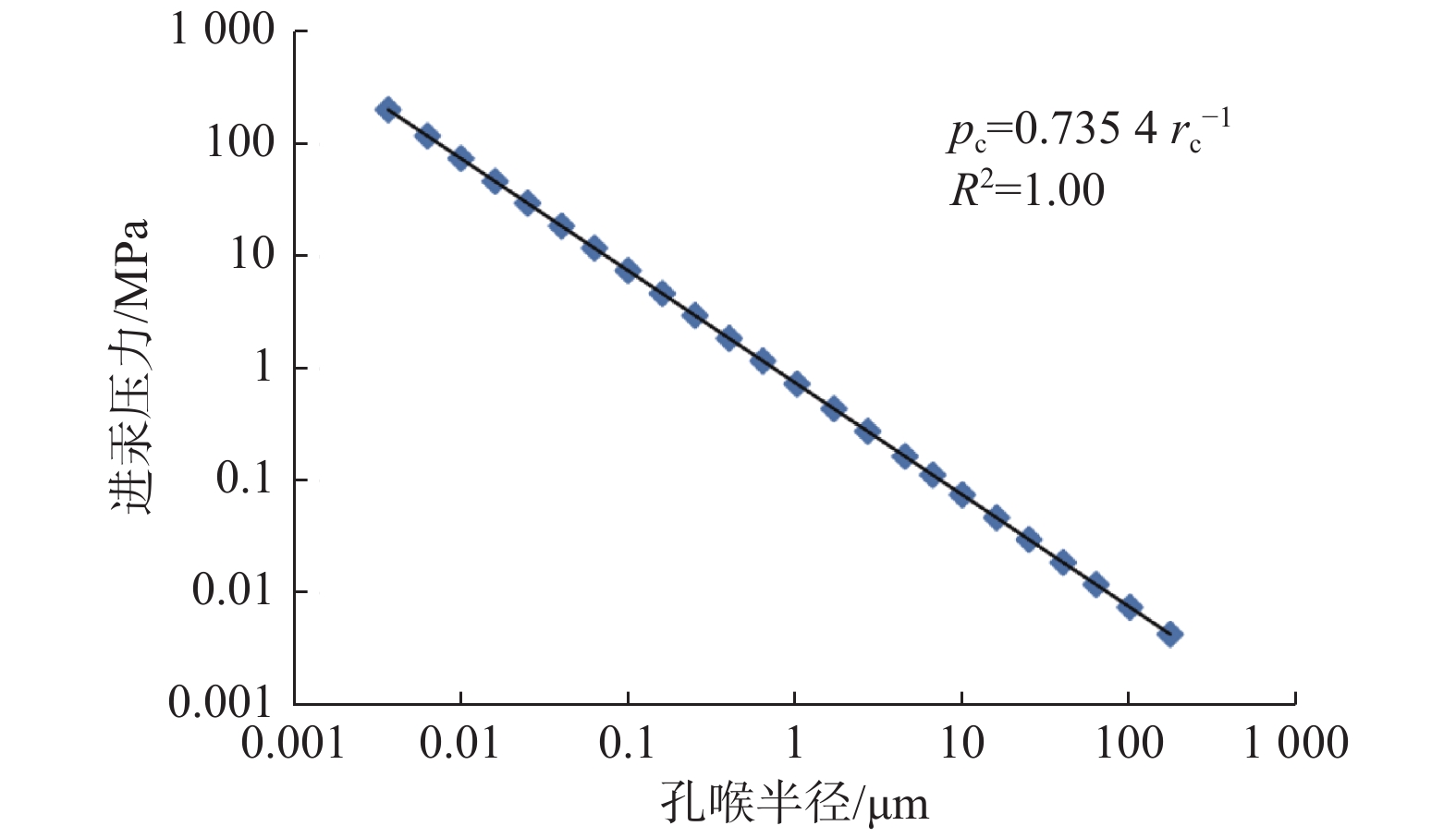
 下载:
下载:
